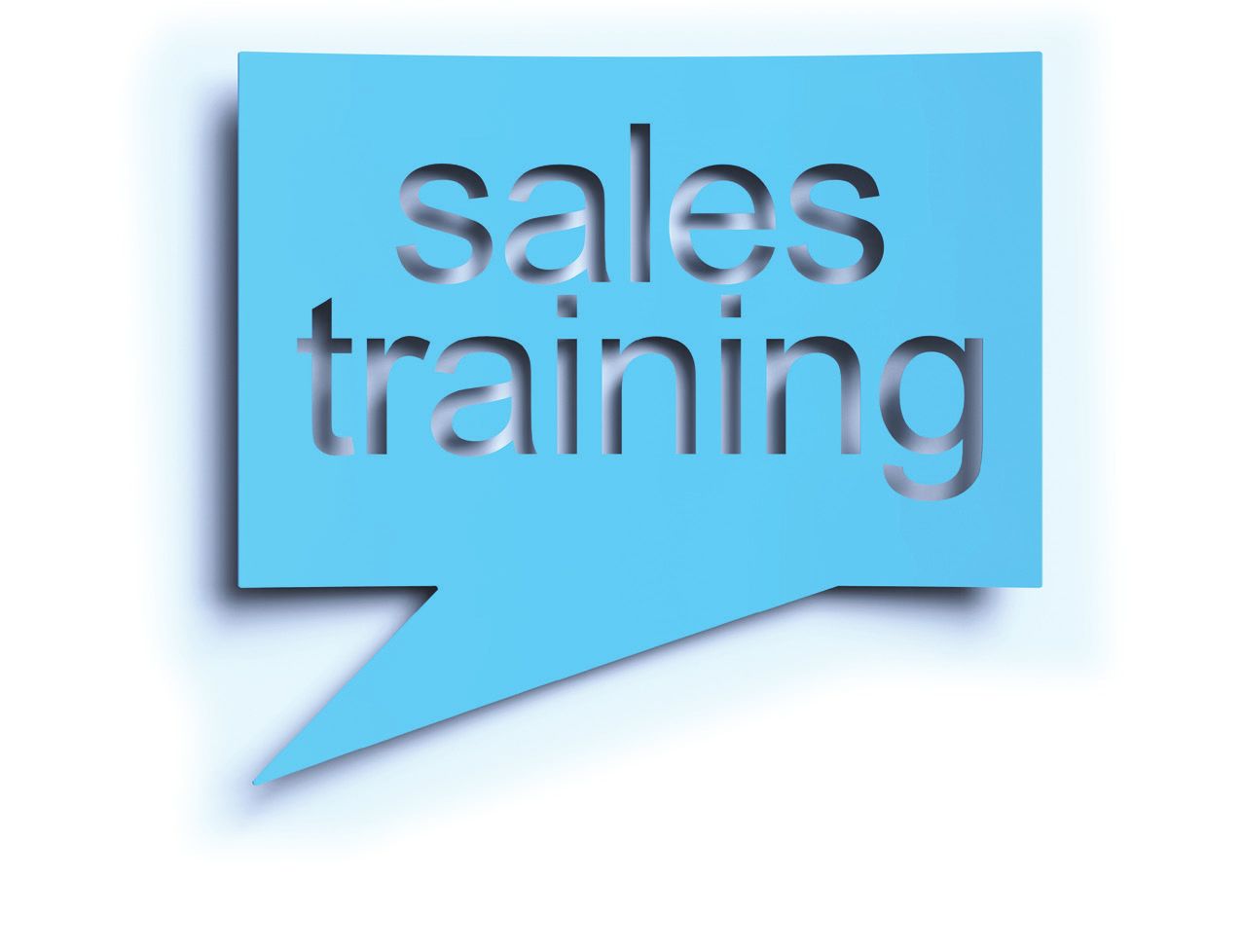
New products are the lifeblood of most companies, and for good reason. New products can help enhance a company's product mix and profitability, elevate their image as product and industry experts/visionaries and give salespeople grounds for requesting and spending quality time with their customers and cementing those relationships. In fact, according to a 2018 Harvard Business Review article by Thomas Steenburgh and Michael Ahearne, "salespeople selling new products spend 32% more face-to-face time with customers."
But with thousands of new products hitting the shelves every year, how do distributors evaluate all of them and determine which ones they'll ultimately support with training, marketing and sales emphasis? Following, several IMARK distributors discuss how they learn about new products and decide which ones to invest resources in as well as the marketing and sales strategies they've found to work best.
IMARK Electrical Now: What are some of your best or favorite ways to learn about new products from suppliers and why?
Sean Healy, Colonial Electric, King of Prussia, Pennsylvania: Our favorite method is face-to-face with our reps or factory direct people. When it comes to understanding the competitive landscape and sales strategies, for example, our vendor salespeople are better trained and have better information. We also rely on trade shows like the IMARK Showcase and Lightfair; these events enable us to see more products in a short amount of time.
Matt Eberhart, The Hite Company, Altoona, Pennsylvania: We're all bombarded with new products, so in order to prioritize which products represent a real opportunity, I depend on our local and factory reps. When a rep shows us something in person, I know that they believe it has value. When they just send a quick email, I usually don't take action. Once a product is identified as a good opportunity, I believe that videos are a great way to learn about them if you can't see the product or application in person.
Rhonda Aherron, Womack Electric, Danville, Virginia: We have a vendor team that consists of myself, our vice president of sales and business development and our operations manager. We meet at least quarterly but as often as needed. This is a great opportunity for our suppliers to set up meetings with us about new products.
Steve Adkins, Womack Electric, Danville, Virginia: Our favorite way for suppliers to introduce new products for our review is to send information (whether it be cut sheets, videos or samples) ahead of time. That way we have time to review the product's features, functions and benefits prior to meeting with them. We can then address any issues or concerns at a face-to-face meeting.
IMARK Electrical Now: How does your company decide which products are worthy of extra attention and focus from a training/sales/marketing standpoint? Is there a formal or informal process to review new products?

Eberhart: We have informal groups for different product categories that plan extra training and marketing around key products. These products are usually selected because we believe that there's either a lack of awareness of them in the market or because we believe that we don't have the right market share for the category.
Healy: Our primary marketing strategy with our vendors is what we call our Elite Supplier Program. We establish the marketing strategy for the whole year at the beginning of each year and we keep the list limited to about 10 vendors. This program tracks our joint sales calls, promotions and sales data and we're able to help keep the sales team focused by limiting the number of vendors. In order to get the maximum benefit, the key for us has been for our marketing manager to have a full-time analyst in the department, which helps us to accurately focus our sales team on the customers with the biggest buying potential while having the full support of our vendors. The program also reduces the time associated with claiming co-op funds and other administrative tasks. Having good measurements that show the effectiveness of your marketing efforts is crucial to improving and developing solid marketing plans and we have a few criteria for determining which products we'll devote extra attention to. Among them, we place a heavy emphasis on the actual value of the product—an item that sells for $100 is more desirable than an item that sells for $20. We also consider the importance of the vendor and the associated rep agency. Other factors that we take into consideration include market visibility (is the vendor doing a good job of promoting the product in the market?), the time of the year and the extent of marketing funds offered by the vendor.
Aherron: We have a formal process of vetting products that are put into stock. The vendor team looks at the products from their area of concentration—for example, marketing looks at what we’re displacing and whether they’re an IMARK line, operations looks at shelf space and sales looks at customer-specific programs. Once these items are evaluated and discussed, we gather feedback from our district managers. Then the negotiations and planning begin.
IMARK Electrical Now: What are some of the best ways that manufacturers/reps can support your new product marketing/sales efforts and why?
Aherron: We’ve found that reminding our employees about the new products and staying engaged with our sales team, both inside sales and account managers, is key—a “one and done” approach doesn’t reap success! At the same time, ensuring that our marketing department has all of the collateral we need to be able to support the sales team in its efforts makes it a win-win for all involved.
Adkins: Training and follow-up are key components. If you display or market a product before sales staff are trained and pricing is established, the first interactions/questions from customers can be awkward. If sales-people can’t answer product questions confidently and justify the price, customers will lose confidence in the product and salesperson quickly. Too often we’ve found that once the prod-uct is in stock, the support suddenly stops. Our product launch procedure keeps this moving forward.
Eberhart: It’s important for all involved to know what the expectations are and to have clear goals to achieve them in a specific time frame. Training is pow-erful, but it’s not as effective if it isn’t followed up by sales calls. At the same time, sales calls are great, but they’re not as effective if the marketing isn’t available. All of the pieces need to work together, which is why planning and follow-through are key.
Healy: Companies that provide layers of support have the best success. Ad campaigns, direct mail and reps with lots of samples make it easier for us to take some of this broad marketing to customers; we can then apply a greater focus on those who are most likely to purchase these products. RAB and Arlington are examples of companies that do this very well.
IMARK Electrical Now: Please share some of the strategies/tactics you’ve found to be most effective (e.g., mar-keting, communications, promotions, training, events, contests/rewards, etc.) when it comes to capturing the interest and support of your inside sales, outside sales and customer service personnel regarding key new products. What strategies have been least effective and why?
Healy: We’ve found that no one strategy works with every situation. One of the most successful marketing activities we did recently was a printed LED lighting catalog. In this age of technology, the initial thought of print-ing a catalog didn’t seem like a good idea, but in talking to our sales team and our customers, we realized that they both had a similar challenge navi-gating the ever-changing LED lighting landscape and understanding what we stocked. The concept of the catalog is simple—it has to be on the shelf to be in the catalog. We print it once a year (we’re on Version 4 now) and we update the online version every quarter. This catalog reinforced that our marketing efforts need to be split equally between our sales force and our customers. We also invest in email outreach, web search optimization, direct mail, invoice stuffers and lots of samples. One thing we’ve learned through measuring all of our marketing activities is that the broader the focus, the less effective the impact. For example, traditional counter days tend to produce lackluster results, while counter events where we’ve sent actual invitations and targeted specific products have worked much better. Gone are the days when we print or email a flyer to our whole customer base and hope it works. You have to send relevant information to the people who actually need this information, and this applies to your own people as much as it does your customers.
Eberhart: I believe that it all starts with the product or service you choose to focus on. You can put as much marketing and incentive support behind a product as you want, but if there’s little customer interest, you’re going to struggle to move the needle and your sales team will be hesitant to bring it up with their customers. The sales team likes to sell what they’re confident they can sell. Train them first so that they’re comfortable talking about the product and pair that with an incentive or reward program to encourage follow-through.
Adkins: We’ve found that when we sit down with our manufacturers and work on a strategy for the training, communications and follow-up, we’re the most successful.
IMARK Electrical Now: Please share some of the strategies/tactics you’ve found to be most effective when it comes to capturing the interest and support of your customers regarding key new products?
Aherron: Our communications can involve social media, constant contact and digital monitors. We also have a new product display in each of our locations and our new product spe-cialist, Steve Adkins, is responsible for sending out the information for these displays.
Healy: From a new product perspec-tive, being first and being able to bring the right product to the right people are crucial for success. As an example, every distributor has LED flat panels, but being the first distributor to have LED flat panels that are color- and lumen-tunable is a distinct advantage. We’ll still sell way more of the standard flat panels, but the customer perceives us to be the experts by having the “latest and greatest.” This is where having an established marketing program with your key vendors helps streamline the process of getting the old stuff out and the new stuff in. We’ve also found that having after-hours customer events with key vendors helps build loyalty with vendors and customers. Vendors like to work with distributors who are very active with their customer base. At the same time, our customers like the attention and the opportunity to be better informed than their competition. These types of after-hours events seem to be especially well-suited for technical products like lighting controls, generators and power distribution equipment.
Eberhart: Contractors, like distributors, like to see products in person. In-per-son training and samples paired with a promotion can be very effective. It’s tough to get that first order, but once a customer has purchased a product once and gets familiar, they’re much more likely to buy again.